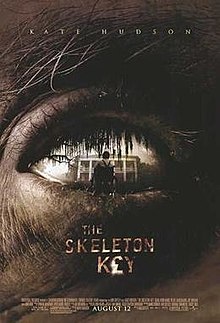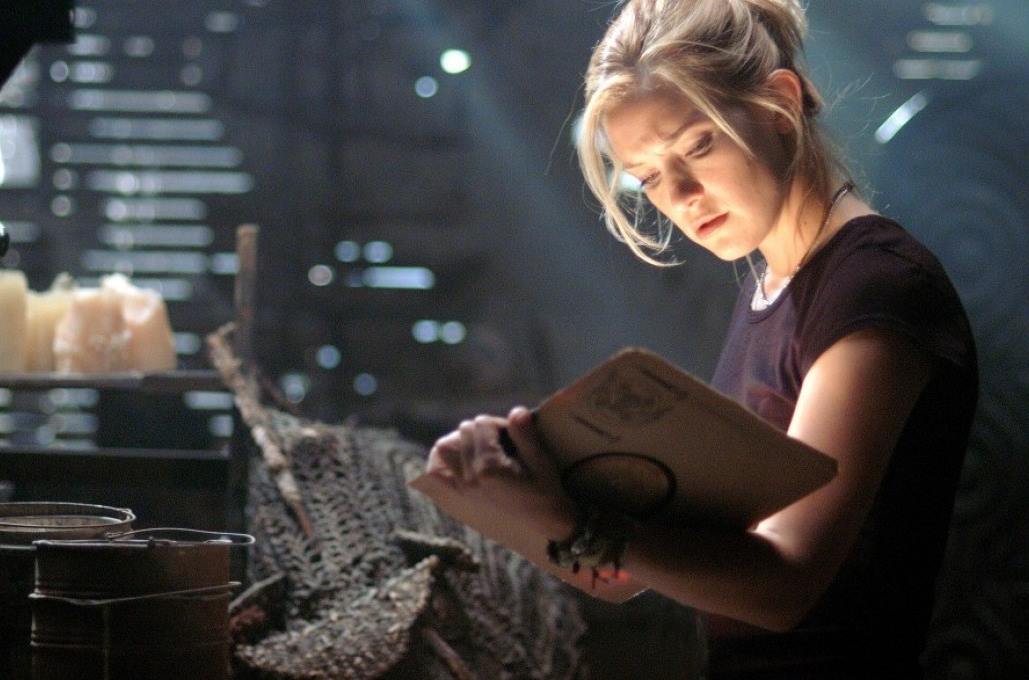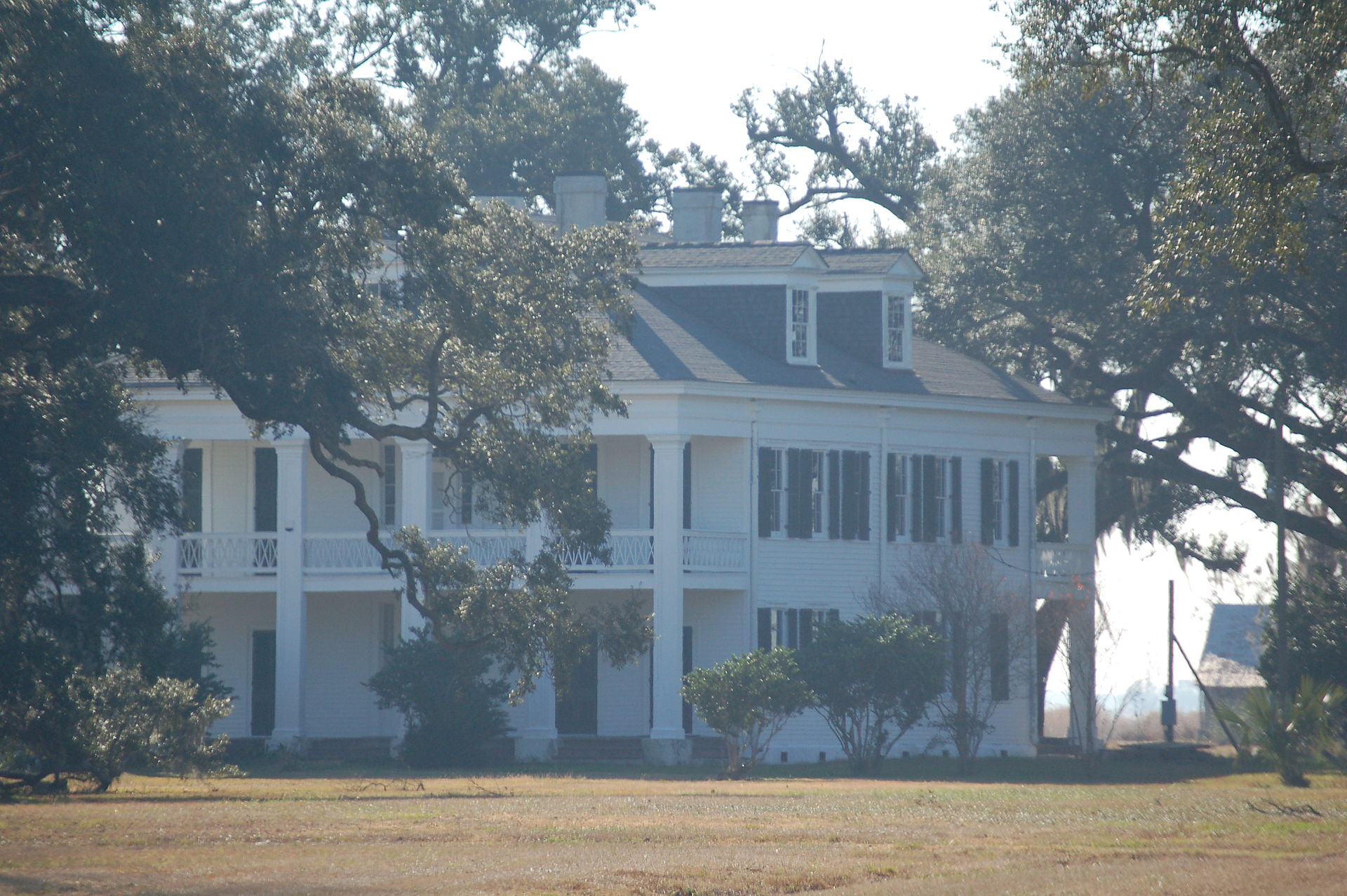
Hoodoo of Sacrifice: The Skeleton Key Conjurs
This week I depart for New Orleans to attend the Popular Culture Association in the South and American Culture Association in the South’s Annual Conference. Scrolling through the conference program, I selected the various panels that I wish to attend. One of them is dedicated to horror films where the 2005 movie The Skeleton Key will be discussed. I spent Saturday night watching the film and researching several aspects of it. The panel should be very interesting since I found the “Conjure of Sacrifice” enthralling.
Written by Ehren Kruger, the film draws on the superstitions and religious practices of the unfortunate relocated African immigrants. Kate Hudson stars as “Caroline,” a Hospice nurse who takes a position in the rural swamplands of Louisiana at the dilapidated plantation home of Violet and Ben Devereaux (played by Gena Rowlands and John Hurt). The Devereauxs purchased the plantation home in the early 60s from a family who experienced great personal tragedy brought on by the African American servants who practiced Hoodoo. The curse brought the family to ruin, and the Devereauxs were willing to overlook, as well as keep, the family history.

Hoodoo is something to avoid. Hoodoo is different from the locally known and practiced Voodoo. Hoodoo is a form of witchcraft practiced by former African slaves who were brought to the American South. It combines several African religious practices and dates back to the early 1800s. The backwater swamps of Louisiana perfectly hide the evil wrought by practitioners.
The movie encapsulates evil: the evil of death in the abandoned elderly; the evil of greed; and the evil of humankind. Filmed on a budget of $43 million, the film was barely a financial success by grossing $92 million worldwide. (Side note: It spawned an awful sequel.) However, the plantation where it was filmed captures the Bayou culture.

The Felicity Plantation, an historic sugarcane plantation, was built around 1850 as a wedding gift from Valcour Aime, the architect, to his daughter, Felicite Emma, and her husband, Septime Fortier. The bank took possession in 1873. The Waguespack family has owned it since 1890. It is private and not open to the public. The grand antebellum home has served as the backdrop for another film, 12 Years a Slave (2013). While the historic building and interiors elicit the antebellum time period, the old school record player provides hints to untangling the storyline.
The soundtrack evokes the Cajun spirit. Several of the songs are straight-up Cajun inspired. Albums are played on vintage record players. “Iko Iko” lifts the atmosphere. The screenwriter’s collaborative piece “Conjure of Sacrifice” is the centerpiece. Listen carefully and pay close attention to the scenes where it is played. Elvis Presley’s rendition of “If I Can Dream” perfectly sums up the film.
The song also proves that a horror film doesn’t need gratuitous gore and unnecessary bloodshed. Sometimes the perceived simple film delivers, as this one does.
